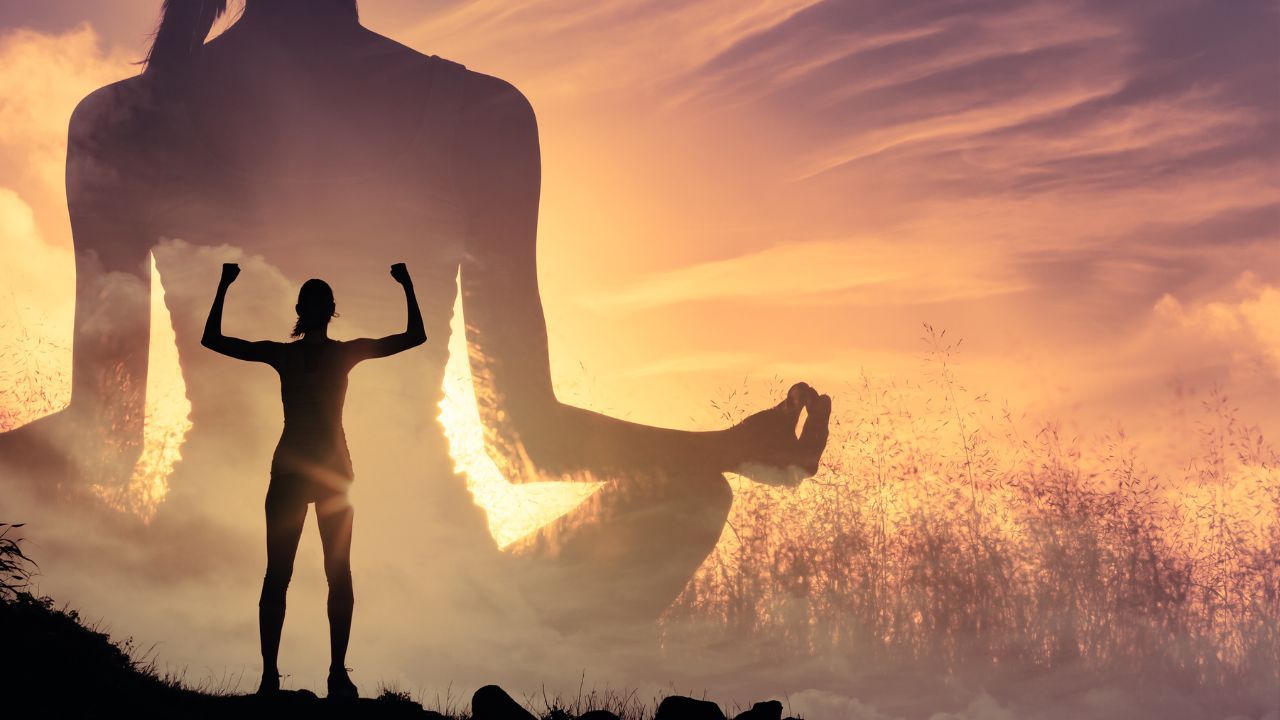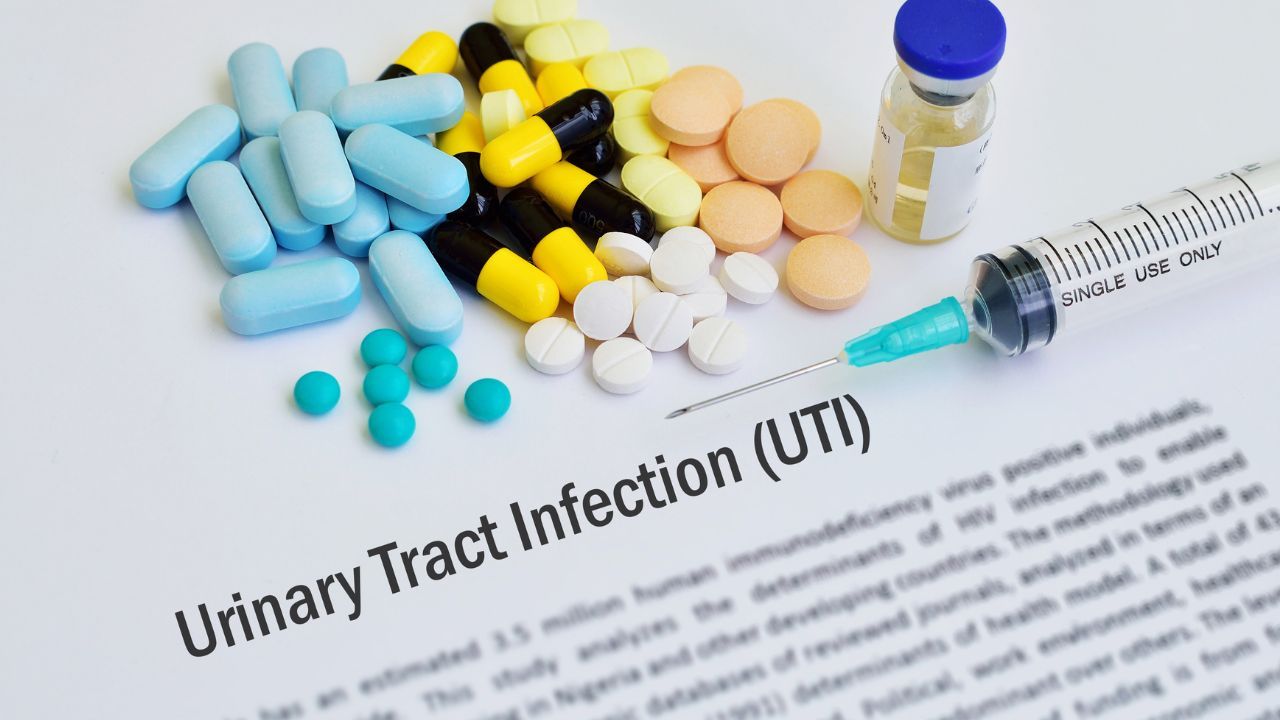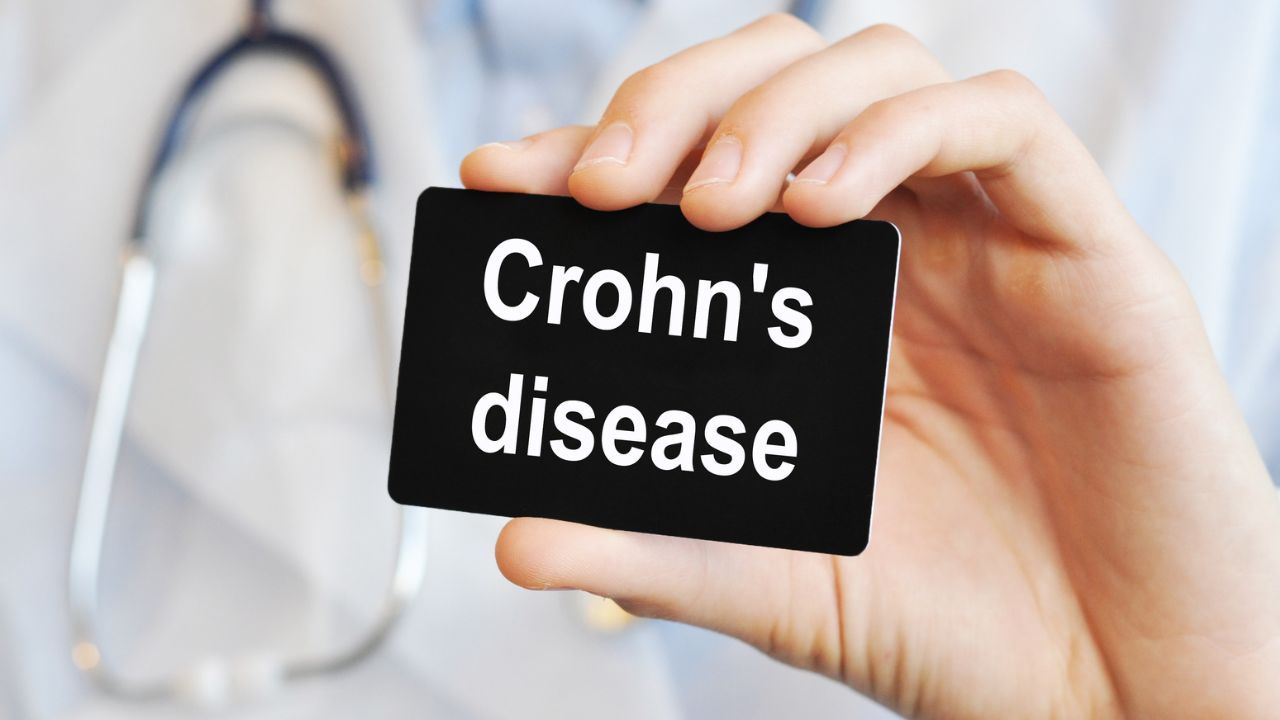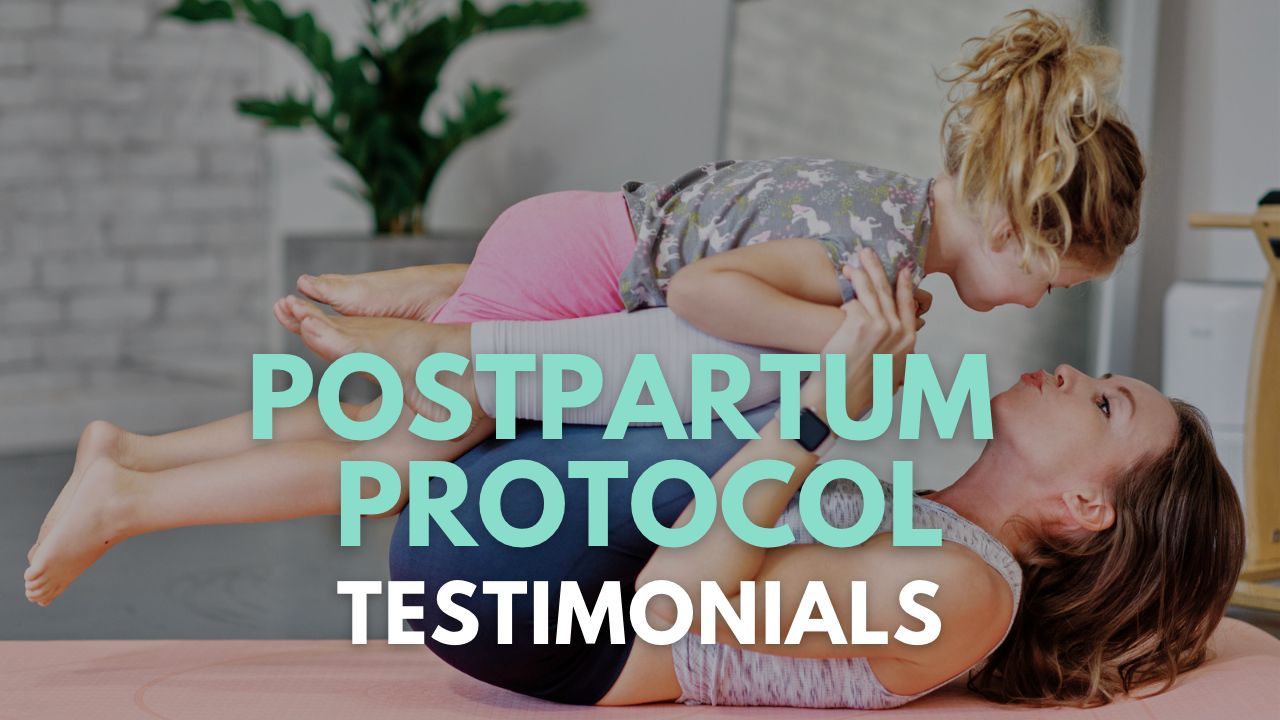Does "no pain, no gain" apply to your pelvic floor?

I get asked many questions on Instagram about just "how hard" we should be going when it comes to strengthening the pelvic floor and whether it is okay if we feel soreness down there the next day. So, I decided to give this question its own blog post.
Regarding pelvic health, the phrase 'no pain, no gain' doesn't apply. Unlike the rectus abdominals (6-pack abs) and the transverse abdominals (corset abs), the pelvic floor muscles are small and delicate and require a more balanced approach. They should be worked, yes, but not overloaded. Overload can cause tightness, creating a separate set of issues from the ones we are trying to solve by strengthening it.
Contrary to when we're in the gym and striving to go hard and heavy enough to experience significant soreness the following day, we are not trying to work the pelvic floor muscles so intensely that we endure that kind of soreness. Yes, we aim to strengthen the pelvic floor, but overloading it can bring about a whole separate ...
6 Symptoms of a Tight Pelvic Floor

Contrary to common belief, tightness does not equal strength. Tightness goes hand in hand with weakness, and just like any other muscle in the body, tightness in the pelvic floor inhibits its normal function. Also, tightness in the pelvic floor brings on a separate set of symptoms than just being weak. Since the pelvic floor is so internal, it can be difficult to know what's going on with it, but there are a set of symptoms that give us a clue as to whether or not it might be not only weak, but also tight.
Here are some of the most common symptoms of a tight pelvic floor. If you're experiencing any of these symptoms, there's a good chance your pelvic floor could benefit from some targeted release techniques:
1. Urge Incontinence or "Lactchkey bladder."
You know that feeling when you put the key in the door and all of a sudden you're hopping up and down, not knowing if you will make it on time?
Essentially this is happening because tightness in the pelvic floor is putting pr...
Diastasis Recti Myths: Separating Fact from Fiction

Diastasis recti, often referred to as the "mommy pooch," is a common condition where the abdominal muscles separate due to a thinning of the linea alba. There are a lot of myths and misconceptions surrounding it, so in this blog post, we'll debunk some of these myths to help you better understand diastasis recti.
Myth #1: Surgery Is the Only Solution
This is probably the most common misconception, and I receive Instagram messages daily from women asking if it's true. I even had one woman publicly call me a liar because her surgeon had told her that it was the only option, and she told me to "stay in your lane." While surgery may be necessary in rare and very severe cases, it is most definitely NOT the only solution. My own diastasis was 5cm (which is considered severe), and I, too, was told by my doctor that the only way to fix mine was with surgery. So, if you've been told the same, I GET IT! I feel your frustration. I've been there too. I healed mine using only diastasis exercis...
Is it a Urinary Tract Infection or Pelvic Floor Dysfunction?

Are you feeling discomfort or pain during urination? Or an urgent need to visit the restroom frequently? You might be quick to assume it's a urinary tract infection (UTI), but there's another potential culprit: pelvic floor dysfunction (PFD). Read on to learn more about the subtle but key differences between UTIs and pelvic floor dysfunction to help you identify the source of these annoying symptoms.
A urinary tract infection is a bacterial infection that affects any part of the urinary system, including the bladder, urethra, and kidneys. Common symptoms of a UTI include a burning sensation during urination, frequent urination, cloudy or bloody urine, and a strong urge to urinate.
Pelvic floor dysfunction refers to a range of issues affecting the muscles, ligaments, and connective tissues in the pelvic region. These problems can lead to various symptoms, including urinary urgency, incontinence, pelvic pain, penetration pain, and much more.
A UTI can cause the pelvic floor m...
The correlation between low back pain and the pelvic floor

I think we've all experienced low back pain at some point in our lives. I for one (even as a fitness instructor) used to tweak my back allll the time. Until I learned how to breathe properly and how to activate my pelvic floor correctly. Since then, I haven't tweaked my back even once! I'm not saying this to brag. I'm saying this because I want you to understand WHY. Let's dive in...
Let me start by saying that it is not solely the job of the pelvic floor to prevent back pain. There are other muscle groups at play here as well. But strengthening these other muscle groups actually becomes EASIER once the pelvic floor is firing correctly. I've said it before and I'll say it again: "It's all connected!" Strengthening the three muscle groups listed below (as well as the pelvic floor) is the absolute magic sauce for banishing lower back pain for good. (If you've yet to download my free pelvic floor 101 training, you can get that by clicking here).
Ever been told to "strengthen your ...
5 Reasons To Focus On Your Inner Thighs

I used to suffer from the WORST knee pain! I thought my legs were pretty strong. I regularly did glute work, squats, calf raises, side leg raises, running etc. But I had this one running injury in my knee that just... would... not... go away. Little did I realize at the time that it was actually my inner thighs that were the issue. They were SO tight that they were literally pulling on my knee joint. (And if you've been following along for a while, you already know that tightness usually also means weakness).
When was the last time you put a little focus on working your inner thighs?
Every muscle in our body needs to be both strong AND flexible in order to function well.
When we want a better looking, tighter behind, (and less knee pain) we often start focusing on exercises to work the glutes, but what about the all-important inner thighs? For many of us, the inner thigh muscles are both weak AND tight which can cause restricted hip mobility, poor leg alignment, extra wea...
Did You Know Your Inner Thighs Are The Gateway To Your Core?

When was the last time you gave some love to your inner thighs? Do you ever strengthen or stretch them? The inner thigh muscles (hip adductors) often get overlooked, but did you know that they play a pretty big role in the functioning of our pelvic floor muscles?
Tension or tightness in the hip adductors is known to be a contributor to pelvic floor dysfunction, which can cause issues like:
- Stress Incontinence (leaking when you sneeze)
- Urge Incontinence (also know as "latchkey bladder" or not knowing if you will make it on time!)
- Prolapse (feeling like your vagina might fall out)
- Low back pain
- Painful penetration
- and much more
When we treat any of the symptoms above, we treat the pelvic floor muscles, but it's important to also look at other muscles that attach to the pelvis to improve all symptoms fully. Oftentimes, the hip adductors (inner thighs) are the missing link.
You might be thinking to yourself, I have tight inner thighs and some of the symptoms above, wh...
Back To Running Postpartum

I get asked so often from postpartum women “When can I start running again?”
And my answer is honestly “it depends”.
The pelvic floor is not a huge fan of being bounced up and down vigorously. Which is usually a problem when there is instability in the pelvic area due to weaknesses or imbalances in any of the muscles surrounding the pelvis: pelvic floor, core, glutes, hamstrings etc.
Do you ever notice that your hips wobble around when you try to do a bridge position? Or does it feel like everything is bouncing around inside you when you try to run? These are both signs of pelvic instability, which can make running quite uncomfortable, and even painful.
So it’s helpful to work on both pelvic stability and pelvic floor strength before you dust off your beloved running shoes. If you were a runner pre-pregnancy then I'm sure you already know how great running is for maintaining our sanity. It can also be an incredible tool for helping to ease postpartum depression, anxiety...
My Crohn's Story

...and the things I've learned so far (including the aloe tonic i'm obsessed with).
I’ve been MIA a little bit lately because I’ve been going through some health issues. Hello FORTIES!
I’ve been getting a LOT of questions about my recent diagnosis, so I thought I should cover what I’ve learnt so far here in case it’s helpful to you, or someone you know.
I’d never even heard of Crohn’s until recently, but everyone I speak to seems to know someone with it, and knowledge builds knowledge so here we are.
First a little back story about my health history, and I also feel it’s worth mentioning that we Brits are very much “keep calm and carry on”, which I can only assume is the reason why I didn’t get diagnosed until age 42 while everyone else seems to get diagnosed with it in their teens.
I started having REALLY terrible gut issues when I was in my early 20s. I remember it well because I had recently moved to London, and there was a group of us who would often get togethe...
Postpartum Protocol reviews and testimonials

Have you been wondering whether the Postpartum Protocol 12 week course is worth the investment? Wondering whether you'll find the time to complete it? Wondering whether you'll notice a difference in your body..?
You will see lots of testimonials in the Stories highlights on my instagram stories, but if you're not on Instagram, here are some snapshots:









Want to experience these results for yourself..?
I would LOVE to have you join us! Click the link below to sign up
>> The Mama Method << (previously known as the Postpartum Protocol)
Emma xo

